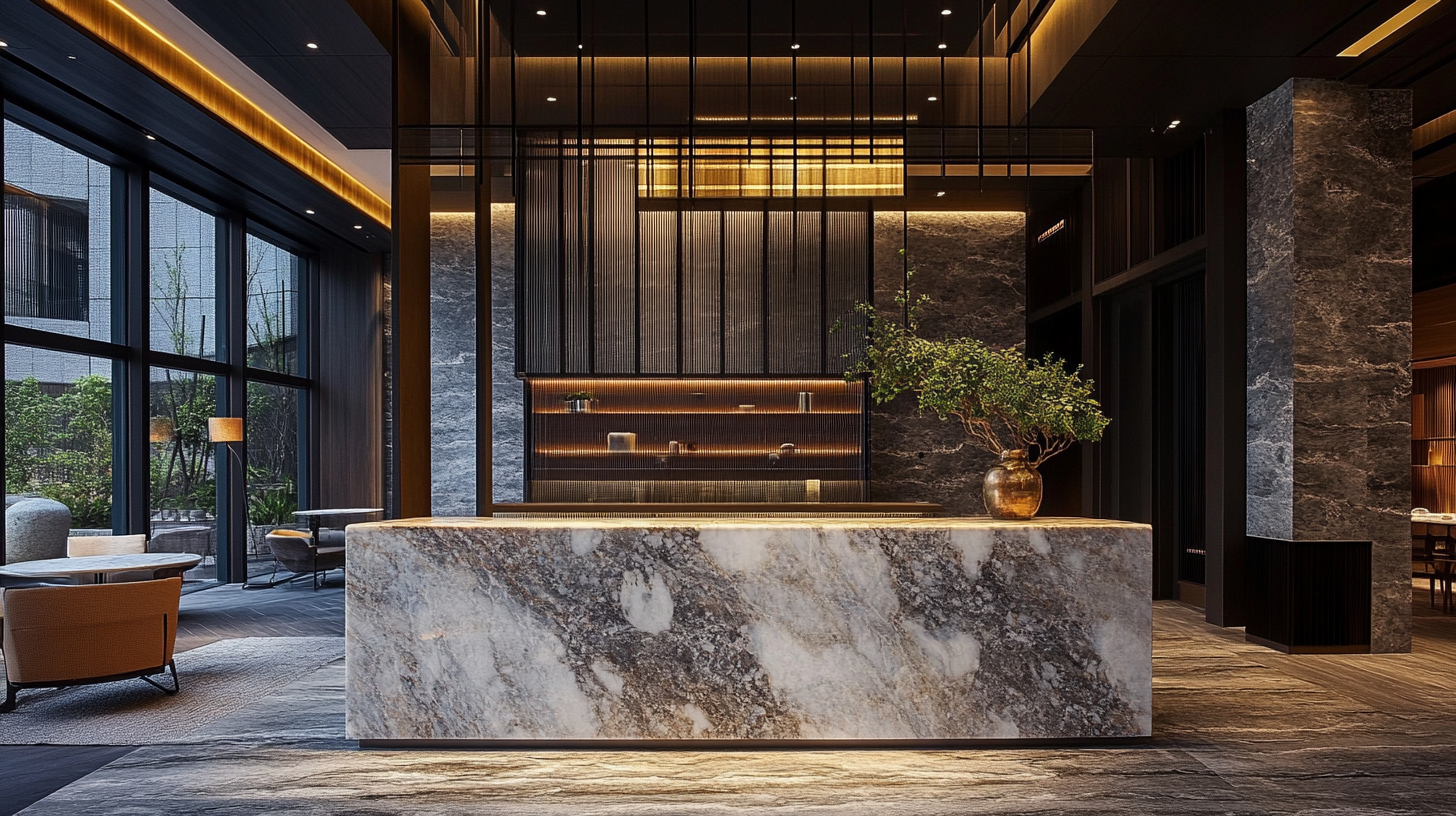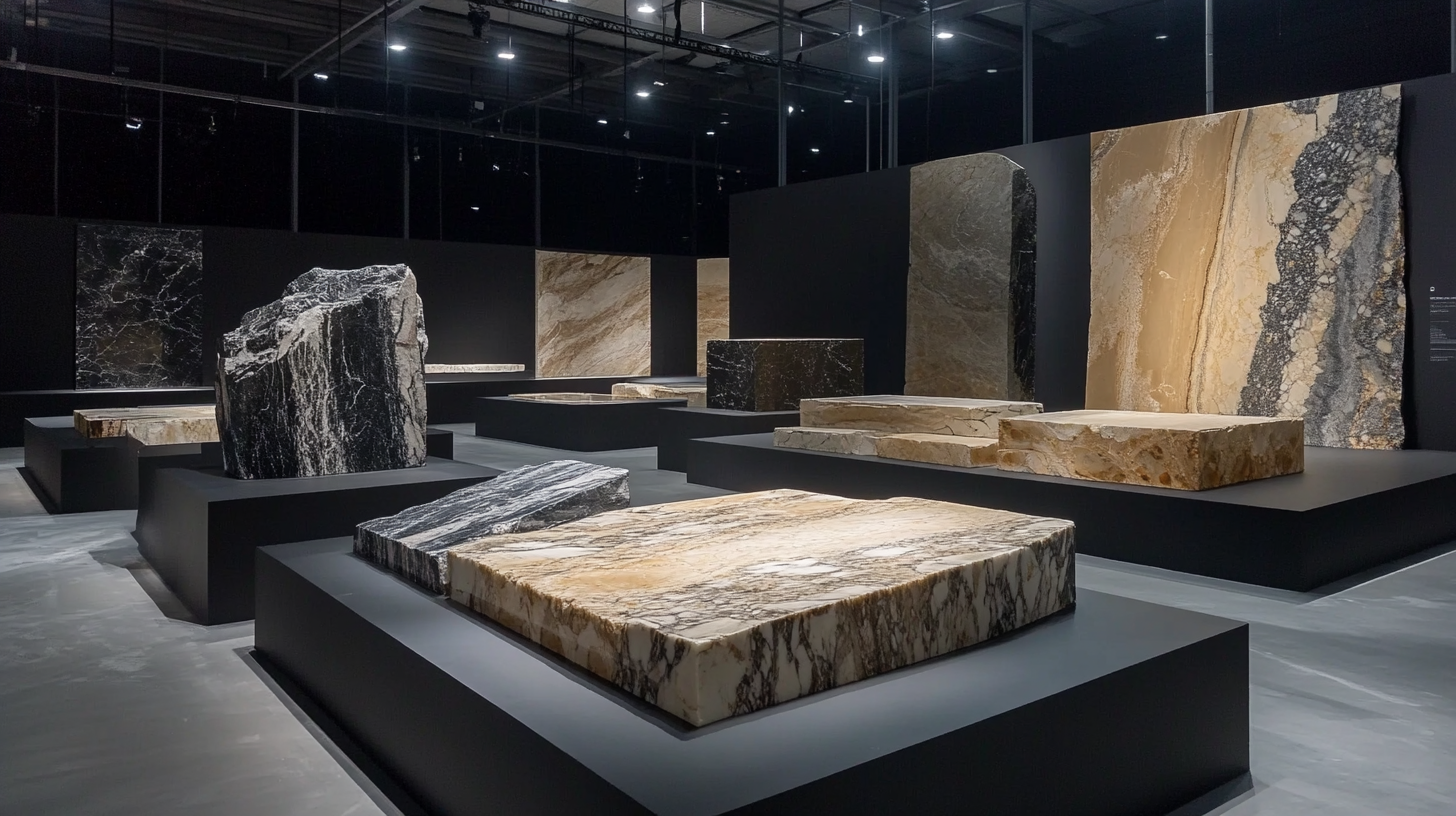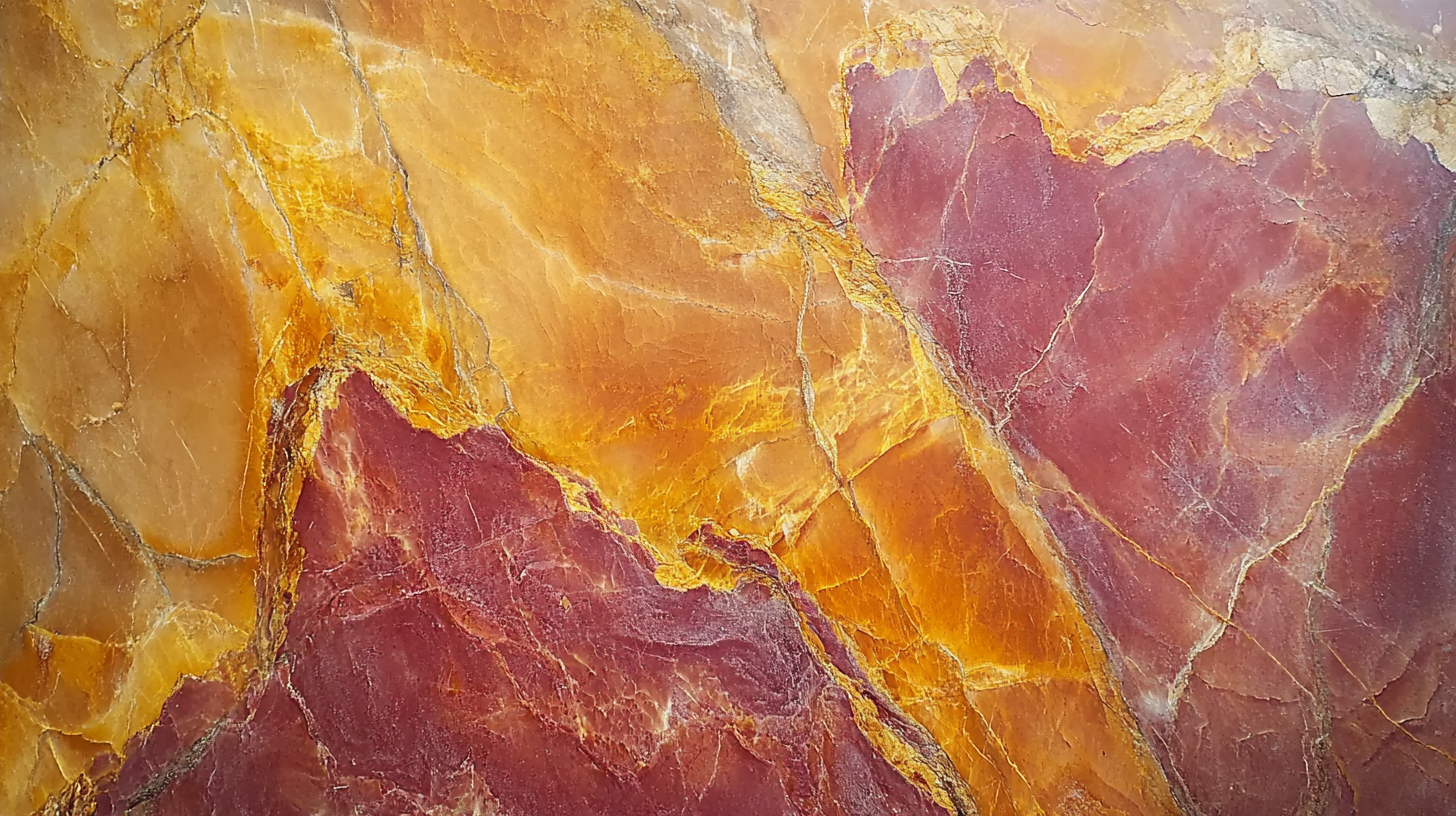Blog
Comprehensive Insights into Sintered Stone Trends and Innovations for Global Buyers
The world of Sintered Stone is evolving rapidly, making it essential for global buyers to stay abreast of the latest trends and innovations. As a highly versatile material, Sintered Stone is renowned for its durability, aesthetic appeal, and functionality, often being utilized in various applications ranging from countertops to cladding. This blog aims to provide a comprehensive insight into the recent advancements in Sintered Stone, examining how these innovations are influencing design choices and consumer preferences across the globe.
In the face of growing environmental concerns and a shift towards sustainable materials, Sintered Stone has emerged as a frontrunner in the industry. Innovations in manufacturing processes and design versatility are reshaping the market, presenting new opportunities for architects, designers, and buyers alike. By delving into these trends, we hope to equip stakeholders with the knowledge needed to make informed decisions while exploring the exciting possibilities that Sintered Stone brings to contemporary architecture and interior design.

Emerging Trends in Sintered Stone for Modern Interiors
Sintered stone has emerged as a leading material in modern interior design, driven by a growing demand for durability and versatility. One of the most significant trends is the increasing use of sintered stone for both countertops and flooring. This is largely due to its resilience against scratches, stains, and heat, making it an ideal choice for high-traffic areas such as kitchens and living rooms. As consumers become more design-conscious, sintered stone offers a perfect balance of aesthetic appeal and practical functionality, allowing homeowners to achieve a luxurious look without compromising on durability. Another emerging trend is the unique customization options that sintered stone provides. Modern buyers are gravitating towards materials that reflect their personal style and integrate seamlessly with their interior decor. Manufacturers are responding by offering a wide spectrum of colors, patterns, and finishes. From veined marble looks to bold, solid hues, sintered stone can cater to varied design preferences, making it suitable for both contemporary and traditional spaces. Furthermore, advancements in technology have enabled the production of larger slabs, reducing seams and providing a more cohesive appearance in design projects. Sustainability is also becoming a key driver in the choice of materials for modern interiors. Eco-friendly practices in sourcing and manufacturing sintered stone are appealing to environmentally conscious consumers. The material is often composed of natural minerals and is fully recyclable, which aligns with the growing trend towards sustainable living. As interior designers and homeowners look to make greener choices, sintered stone stands out as a responsible option that does not compromise on style or performance.

Innovative Manufacturing Techniques Revolutionizing Sintered Stone
The landscape of sintered stone is rapidly evolving, driven by innovative manufacturing techniques that are setting new standards for quality and versatility. One of the most impactful advancements in this field is the introduction of high-pressure processing methods, which enhance the density and strength of the material while allowing for intricate designs and finishes. These techniques not only improve the aesthetic appeal of sintered stone products but also extend their durability and resistance to wear and tear. As a result, designers and architects are increasingly incorporating sintered stone into a wide range of applications, from countertops and flooring to facades and decorative elements.
Additionally, the integration of digital technology into the production process is revolutionizing the way sintered stone is made. Advanced digital printing techniques allow for the reproduction of natural patterns and textures with remarkable precision, enabling manufacturers to create bespoke designs that meet the specific needs of their clients. This capability not only fosters greater creativity in interior design but also allows for a more sustainable approach, as excess material is minimized during the production phase. With these innovative manufacturing methods, sintered stone is poised to become a go-to choice for those seeking both beauty and functionality in their architectural projects.
As global buyers seek to stay ahead of industry trends, understanding these innovations becomes crucial. By leveraging cutting-edge technology and production techniques, manufacturers are not only enhancing the characteristics of sintered stone but also broadening its appeal in the competitive market. This evolution in manufacturing signifies a promising future for sintered stone, marking it as a material that is both relevant and essential for modern design.

Sustainable Practices in the Sintered Stone Industry
The sintered stone industry has seen a significant shift towards sustainable practices, driven by growing consumer awareness of environmental issues and government regulations. In recent reports, the global market for sintered stone was valued at over $1 billion in 2022 and is projected to grow at a compound annual growth rate (CAGR) of around 6% through 2030. This surge is largely influenced by the increased demand for eco-friendly materials in construction and interior design applications.
One of the primary sustainable practices within the sintered stone sector is the use of recycled raw materials. Industry leaders are incorporating a higher percentage of recycled content—up to 70% in some products—reducing the need for virgin materials and minimizing the carbon footprint associated with production. The combination of natural minerals and eco-resin not only meets aesthetic demands but also aligns with sustainable construction practices.
Another notable trend is the adoption of energy-efficient manufacturing processes. Data from a recent sustainability report indicates that advancements in technology have allowed facilities to reduce energy consumption by as much as 30%. The use of state-of-the-art kiln technology and automation systems not only enhances product quality but also contributes significantly to reducing greenhouse gas emissions. As such, manufacturers are better positioned to meet both industry standards and consumer expectations for environmentally responsible products.
In the wake of global initiatives aimed at achieving carbon neutrality, the sintered stone industry stands at the forefront of innovation, prioritizing sustainable methods that ensure a minimal ecological impact while delivering high-performance products. This commitment not only enhances brand reputation but also paves the way for a more sustainable future in construction materials.

Key Market Players Driving Sintered Stone Innovations Globally
As the sintered stone market continues to evolve, several key players are emerging as leaders in driving innovations. These companies are not only enhancing the durability and aesthetic appeal of sintered stone products but also expanding their applications across various sectors, including architecture, interior design, and high-end construction. The increasing consumer demand for sustainable and versatile materials has motivated these market leaders to incorporate advanced technologies into their production processes.
The recent 25th China Xiamen International Stone Fair underscores the global interest in sintered stone solutions, attracting over 151,000 visitors from more than 120 countries. This event serves as a vital platform for manufacturers to showcase their innovations, network with potential buyers, and gain insights into market trends. With China rapidly emerging as a frontrunner in advanced industries, it is poised to significantly influence sintered stone innovations, leveraging its strong research capabilities and robust manufacturing ecosystem.
Moreover, the engineered stone market, which has been experiencing a healthy growth trajectory, is a testament to the ongoing transformation in the stone industry. Valued at USD 23.42 billion in 2022, the sector is anticipated to grow at a CAGR of 5.8% through the next decade. This growth is driven by the increasing popularity of countertops and bespoke architectural solutions that meet the modern consumer's desire for unique and functional designs. As these trends continue to unfold, the collaboration between innovators and manufacturers will be crucial in setting new benchmarks for quality and performance in sintered stone products.
Design Inspirations: Creative Uses of Sintered Stone in Architecture
Sintered stone is rapidly gaining traction in the world of architecture and design, thanks to its impressive versatility and aesthetic appeal. One of the most creative uses of sintered stone can be seen in exterior cladding. Its durability and resistance to weathering allow architects to create striking facades that not only elevate the visual appeal of buildings but also require minimal maintenance. By employing bold colors and unique textures, designers can transform ordinary structures into stunning visual statements that reflect contemporary tastes and architectural trends.
In indoor spaces, sintered stone is making waves as a go-to material for countertops and kitchen islands. The ability to mimic natural stone while offering enhanced performance characteristics makes it an ideal choice for homeowners seeking both beauty and functionality. With an array of finishes available, sintered stone can seamlessly fit into varied design aesthetics, from sleek and modern kitchens to warm and rustic settings. This adaptability has opened the door for innovative applications, such as accent walls and custom cabinetry, further showcasing its potential in residential design.
Moreover, the integration of sintered stone in public spaces is enhancing the overall experience for visitors. Its use in flooring, wall panels, and furnishings can create cohesive environments that promote connectivity and comfort. With endless design possibilities, architects and designers are now embracing sintered stone not just for its physical properties but also for its ability to inspire creativity and elevate the built environment.

